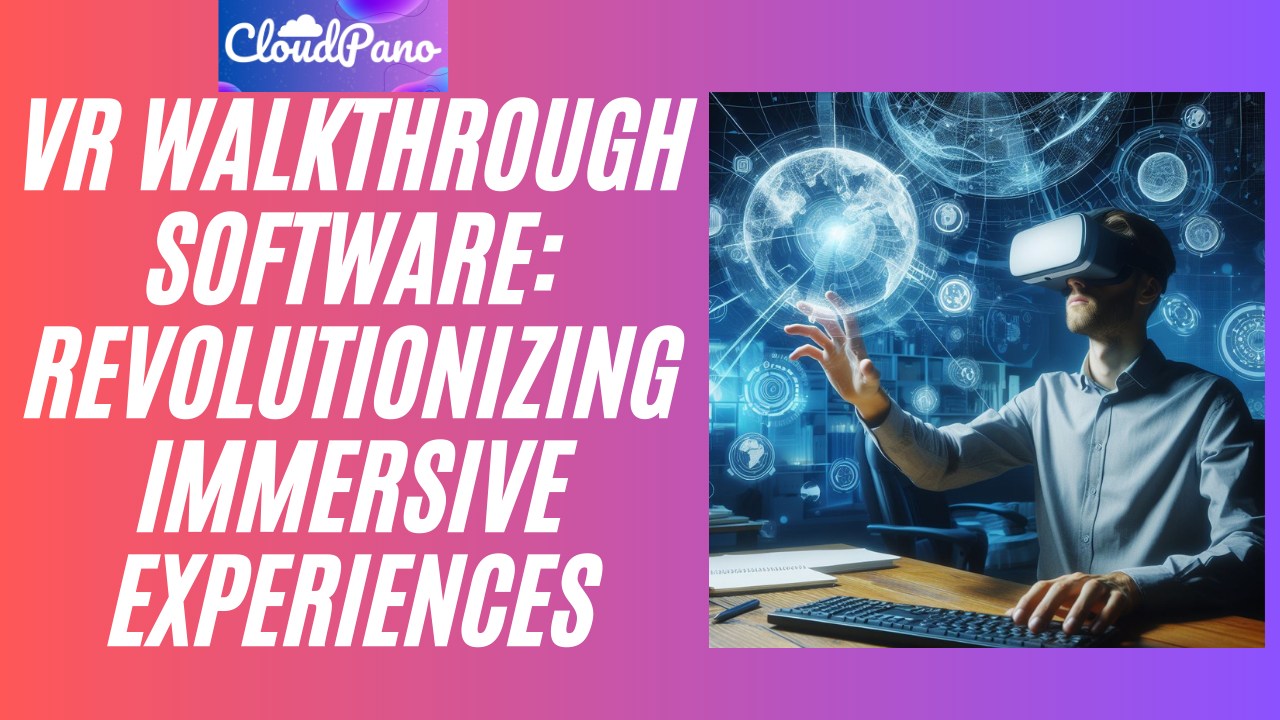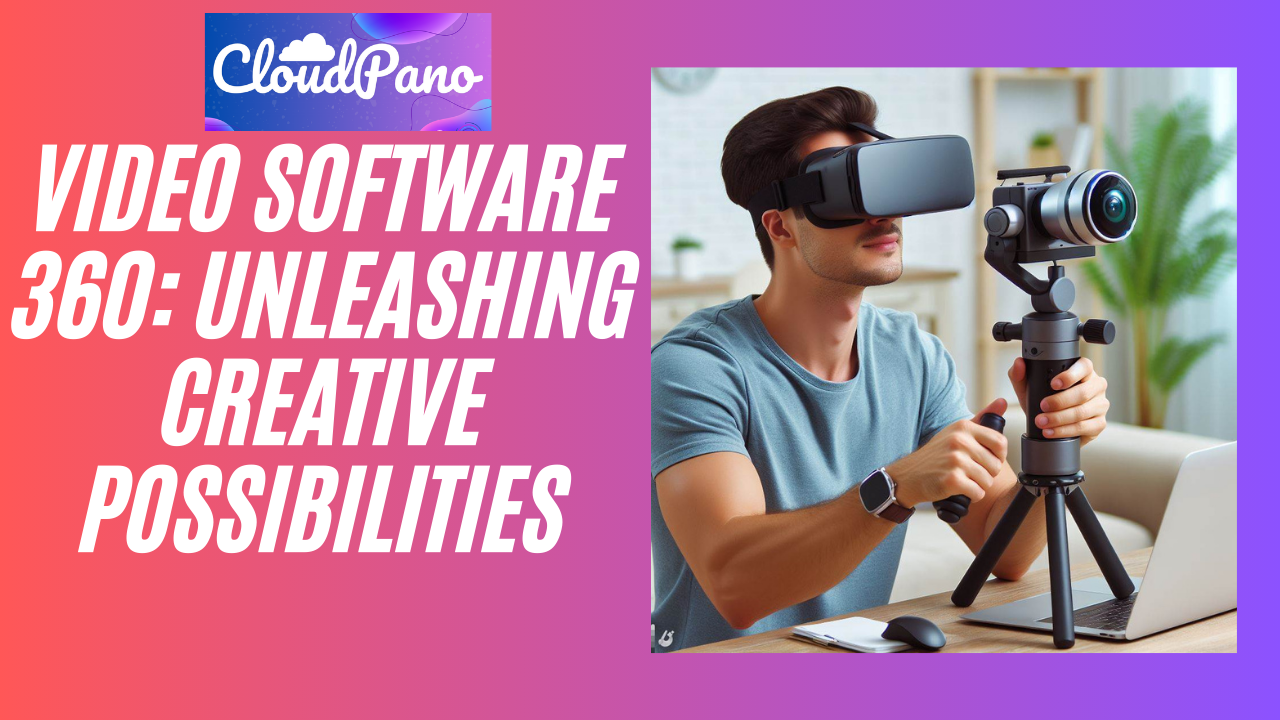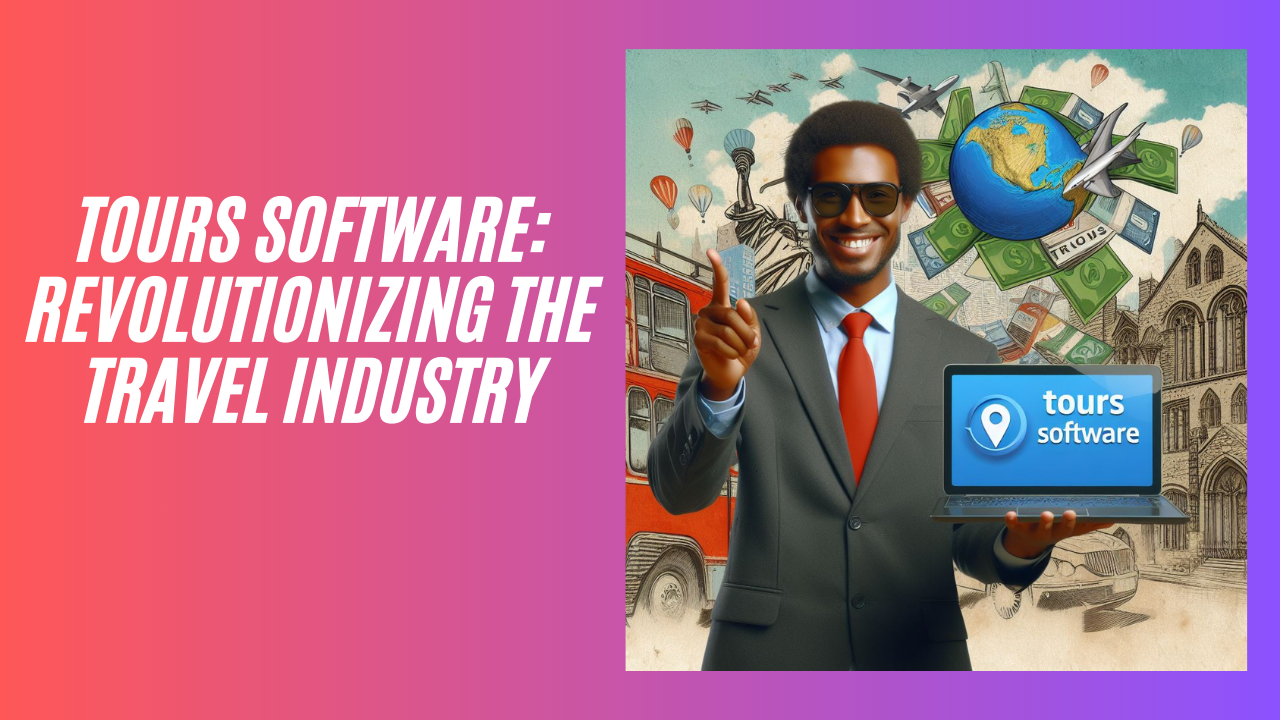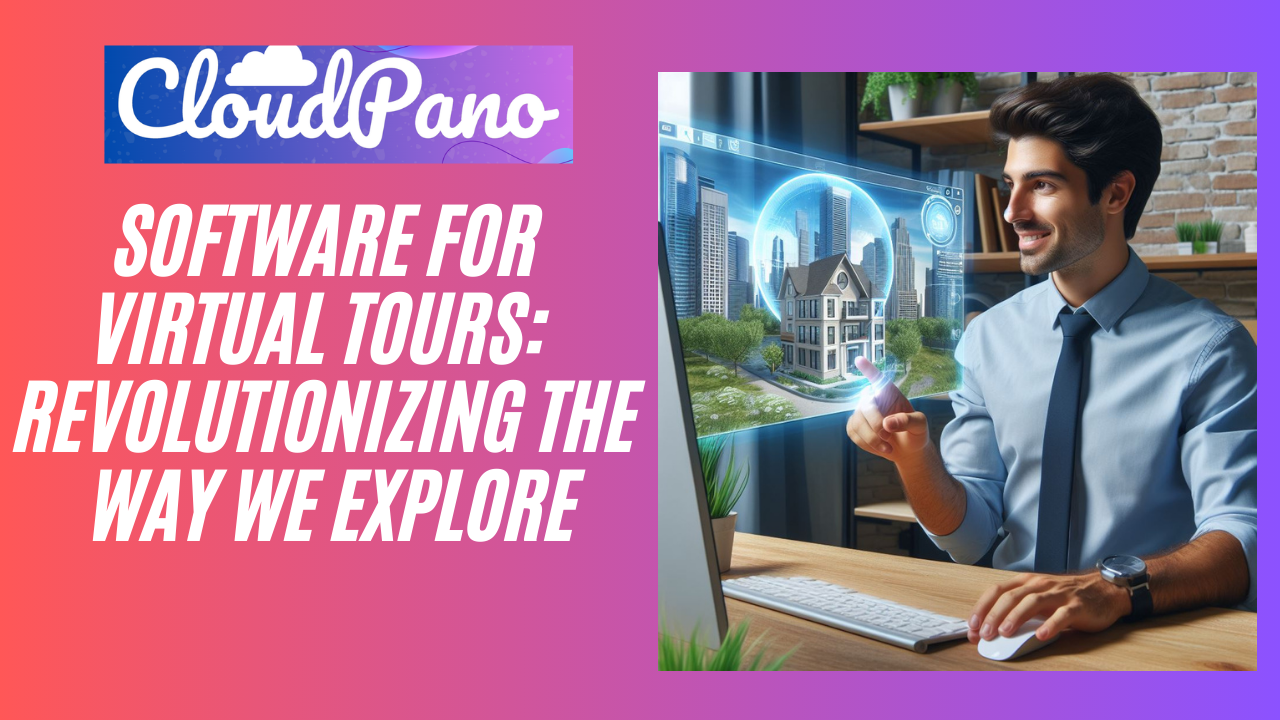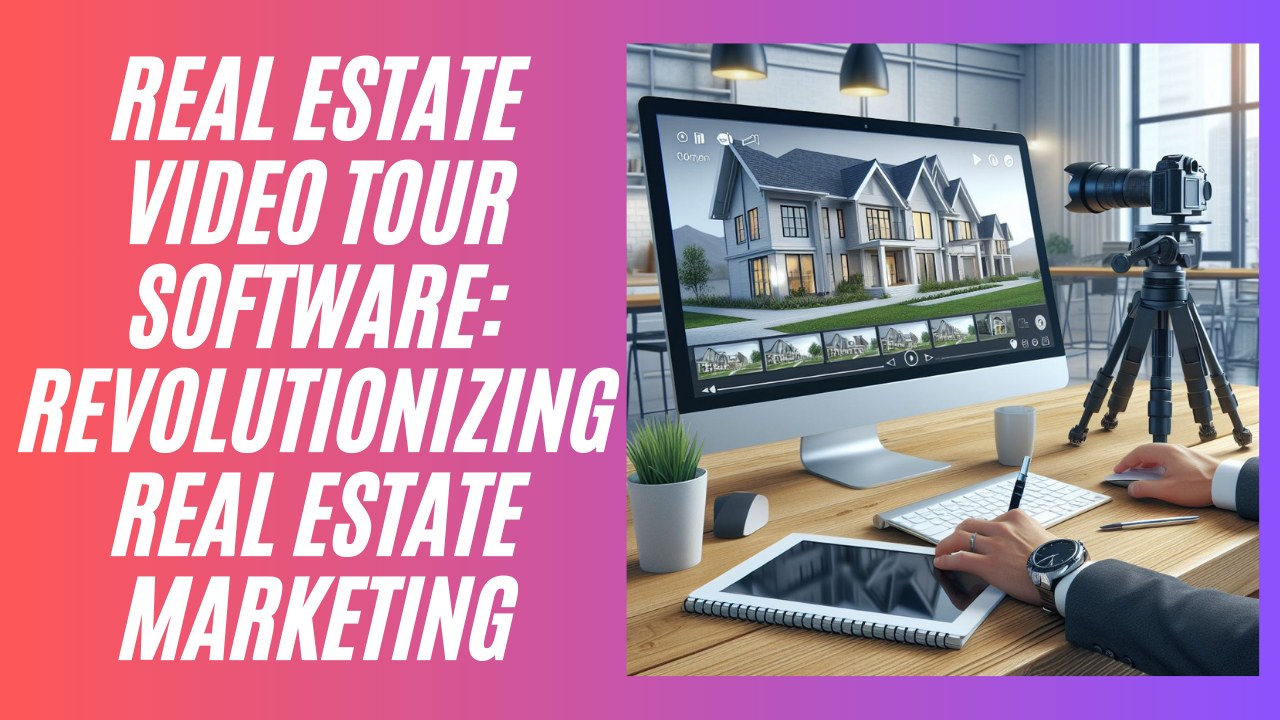3d Virtual Tours Software
Introduction: 3d Virtual Tours Software
Traditional means of exhibiting physical venues have fallen out of favour in today’s fast-paced digital environment. Technology breakthroughs have made it possible for us to experience environments in a very immersive and dynamic way, and 3D virtual tour software has emerged as a game-changer as a result. In this post, we’ll set out on a quest to learn more about the wonders of 3D virtual tours software, its effects on many fields, and how it’s changing the way people interact with their surroundings.
1. The Power of 3D Virtual Tours Software: A Paradigm Shift in Space Exploration
Software for 3D virtual tours has created a vast array of opportunities in this digital age. This technology offers a rare chance to explore faraway locations with a level of realism that was previously unthinkable through lifelike and engaging encounters.
2. Unleashing the Potential: Key Features of 3D Virtual Tours Software
3D virtual tours software offers a range of features that bring spaces to life in a captivating and dynamic way. Let’s dive into some of the key features that make this technology stand out:
2.1 High-Quality 3D Visualization
The heart of 3D tours software lies in its ability to create stunningly realistic 3D visualizations. By leveraging cutting-edge rendering techniques, this software produces immersive and visually appealing representations of physical spaces.
2.2 Interactive Navigation and Exploration
Gone are the days of passive viewing. With 3D tours software, users can actively navigate and explore spaces as if they were physically present. The intuitive controls and user-friendly interface make it easy to move around, zoom in and out, and interact with various elements within the virtual environment.
2.3 Detailed Room-to-Room Transitions
Transitioning from one room to another seamlessly is a hallmark feature of 3D virtual tours software. Whether it’s a residential property, a museum, or an architectural masterpiece, this technology allows users to explore every nook and cranny effortlessly, providing a comprehensive understanding of the space’s layout and design.
2.4 Multimedia Integration
To enhance the immersive experience, 3D virtual software offers multimedia integration. Users can access additional information, images, videos, or even audio descriptions at specific points of interest within the virtual tour. This feature adds depth and context to the exploration, making it engaging and informative.
2.5 Customization Options
Flexibility is another aspect that sets 3D virtual software apart. Users can customize their virtual tours to match their branding, add interactive elements, and even embed additional features such as hotspots, floor plans, or interactive maps. This level of customization allows for a tailored experience that meets specific objectives.
2.6 Cross-Device Compatibility
With the rise of mobile devices, it’s essential for 3D virtual tours to be accessible across various platforms. Whether it’s a smartphone, tablet, or desktop computer, users can enjoy seamless experiences across devices, ensuring widespread accessibility.
3. Industries Transformed: Applications of 3D Virtual Tours Software
3.1 Real Estate
One of the biggest beneficiaries of 3D virtual tours software is the real estate industry. By providing a 360-degree view of properties, virtual tours help buyers make informed decisions about the properties they are interested in without having to visit them physically. It also saves time and resources for real estate agents and sellers, who can reach a wider audience and showcase properties in an engaging and interactive way.
3.2 Tourism and Hospitality
It is a powerful tool for the tourism and hospitality industry. It allows travelers to explore hotels, resorts, and destinations virtually, making it easier for them to plan their trips. Hotels and resorts can use virtual tours to showcase their amenities and services, giving potential customers a taste of what they can expect during their stay.
3.3 Education and Training
Virtual tours have become an integral part of education and training, especially in fields such as architecture, engineering, and healthcare. It allows students and professionals to explore complex structures, equipment, and facilities without the need for physical access. It is a cost-effective and efficient way to provide hands-on training and experience.
3.4 Museums and Art Galleries
3D virtual tours software has revolutionized the way we experience art and culture. Museums and galleries can now provide virtual tours of their collections, making it accessible to people from all over the world. It also offers a unique and interactive way to engage with art and history, providing a deeper understanding of different cultures and societies.
3.5 Construction and Design
For architects, builders, and designers, 3D virtual tours software is a valuable tool that aids in the planning and design process. It allows them to visualize their designs in a lifelike environment, providing an accurate representation of how the space will look and feel. This helps in identifying potential issues and making changes before construction begins, saving time and resources.
4. Frequently Asked Questions About 3D Virtual Tours Software
Here are some common questions that people ask about 3D virtual tours software:
4.1 What is 3D virtual tours software?
3D virtual tours software is a technology that creates lifelike and interactive virtual tours of physical spaces, allowing users to explore and navigate them remotely.
4.2 How does 3D virtual tours software work?
3D virtual tours software works by using advanced rendering techniques to create realistic 3D visualizations of physical spaces. Users can navigate and explore these spaces using an intuitive interface, and access additional information and multimedia content.
4.3 What are the benefits of using 3D virtual tours software?
Some benefits of using 3D virtual tours software include:
Provides a lifelike and immersive experience
Saves time and resources
Increases accessibility
Enhances engagement and understanding
Enables customization and flexibility
4.4 Which industries can benefit from 3D virtual tours software?
3D virtual tours software can benefit a wide range of industries, including real estate, tourism, education, museums and galleries, and construction and design.
4.5 Is 3D virtual tours software easy to use?
Yes, 3D virtual tours software is designed to be user-friendly and intuitive. It does not require any special skills or technical knowledge to use.
4.6 Can 3D virtual tours software be used on mobile devices?
Yes, 3D virtual tours software is cross-device compatible, which means it can be used on mobile devices such as smartphones and tablets.
Conclusion
In conclusion, software for 3D virtual tours has revolutionized the way we engage with actual locations. It has developed into a useful tool for a variety of businesses, offering a time- and resource-saving, more accessible, and better comprehending immersive and engaging experience. With the use of 3D virtual tours software, you may remotely explore and traverse physical environments whether you’re a real estate agent, tourist, educator, artist, or designer. The experience is lifelike and dynamic.
As technology advances, we may anticipate that 3D virtual tour software will become progressively more sophisticated and available, opening up fresh possibilities for organizations and people to interact with actual environments in novel ways.
Make sure to conduct your homework and choose a dependable source that can suit your needs if you’re interested in employing 3D virtual tours software for your business or personal use. With the correct tools and assistance, you can fully realize the potential of 3D virtual tours and elevate your professional or personal experiences.
Visit the link to read more:
https://blog.cloudpano.com/virtual-tour-floor-plan-software/
